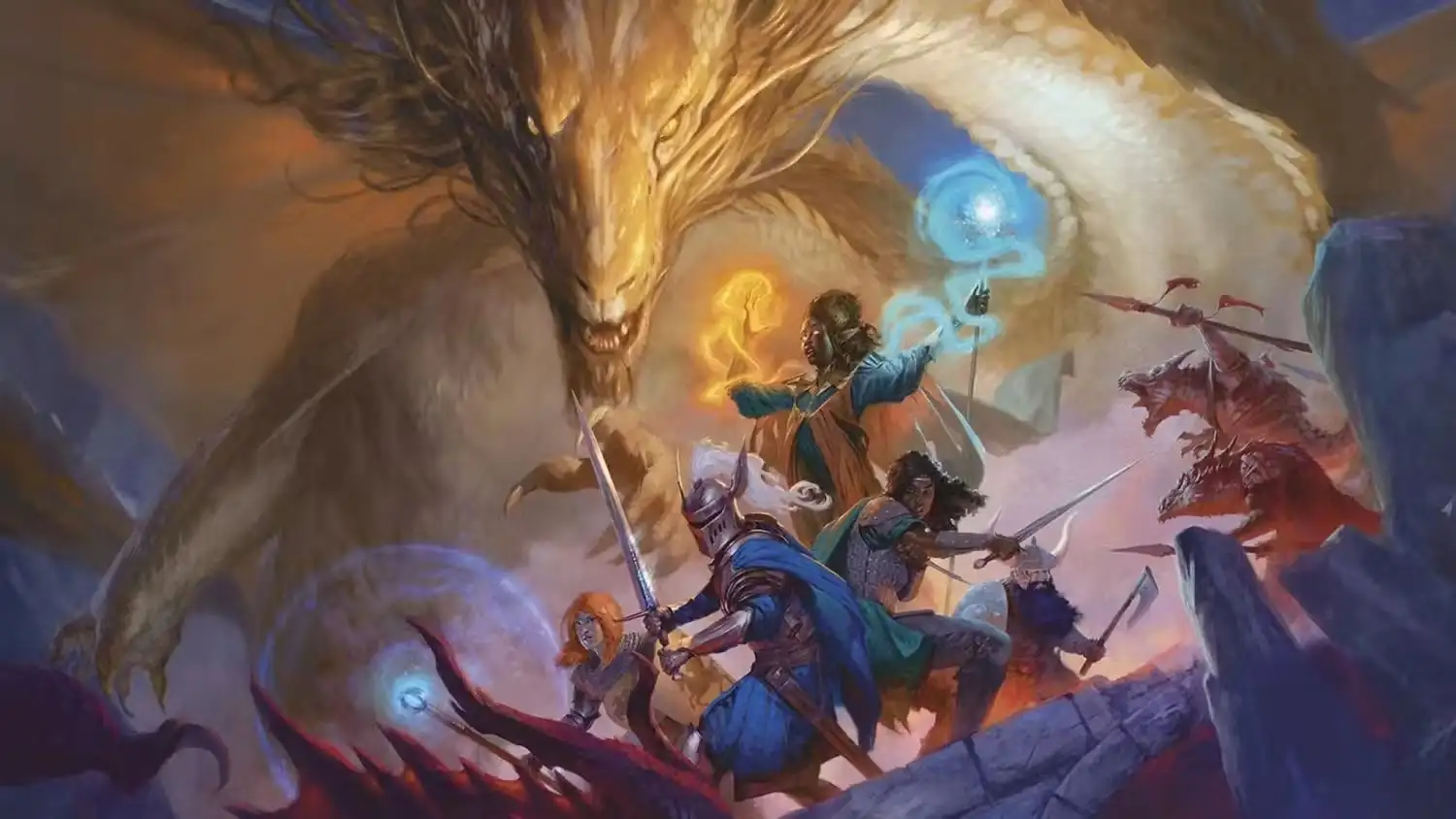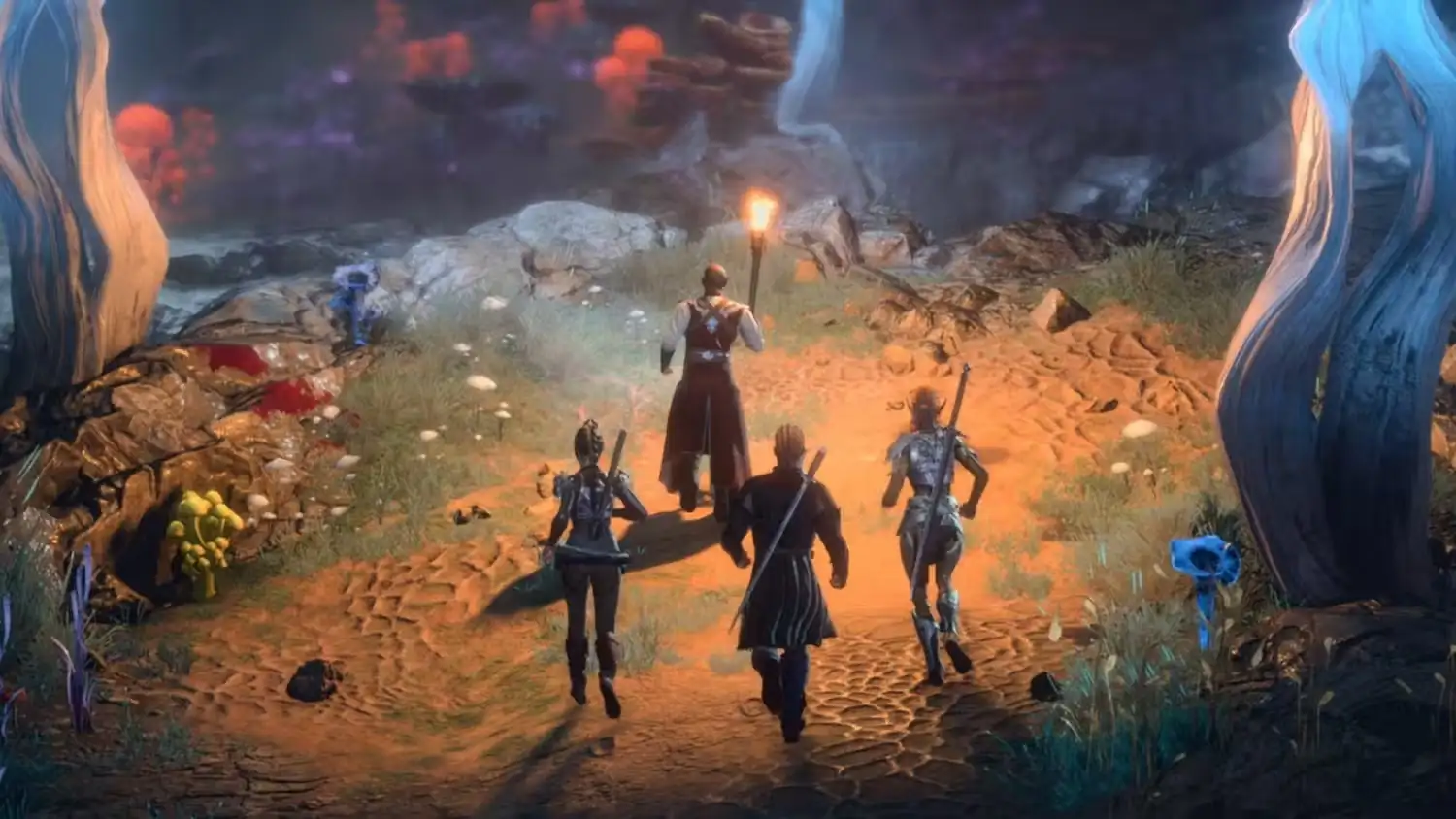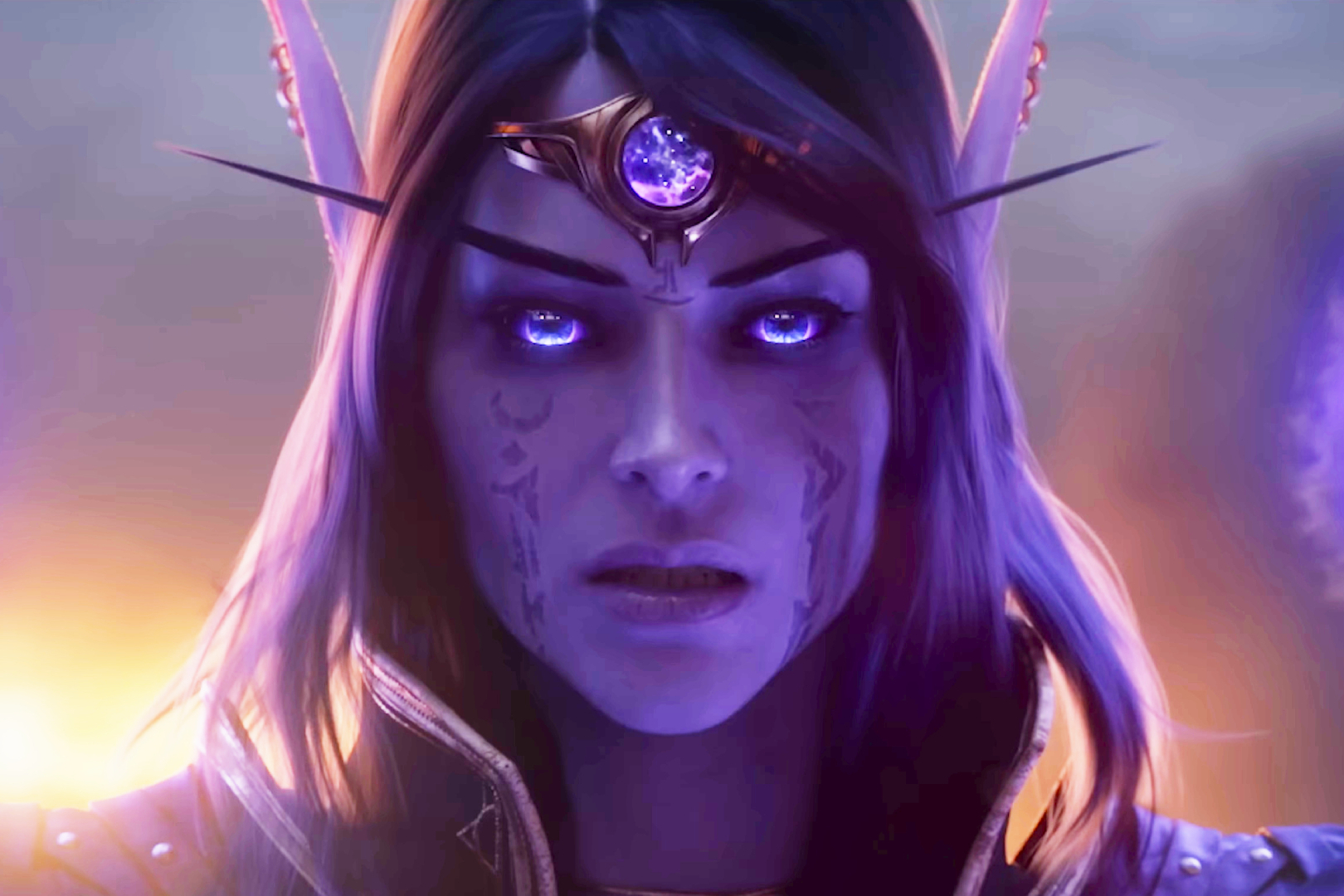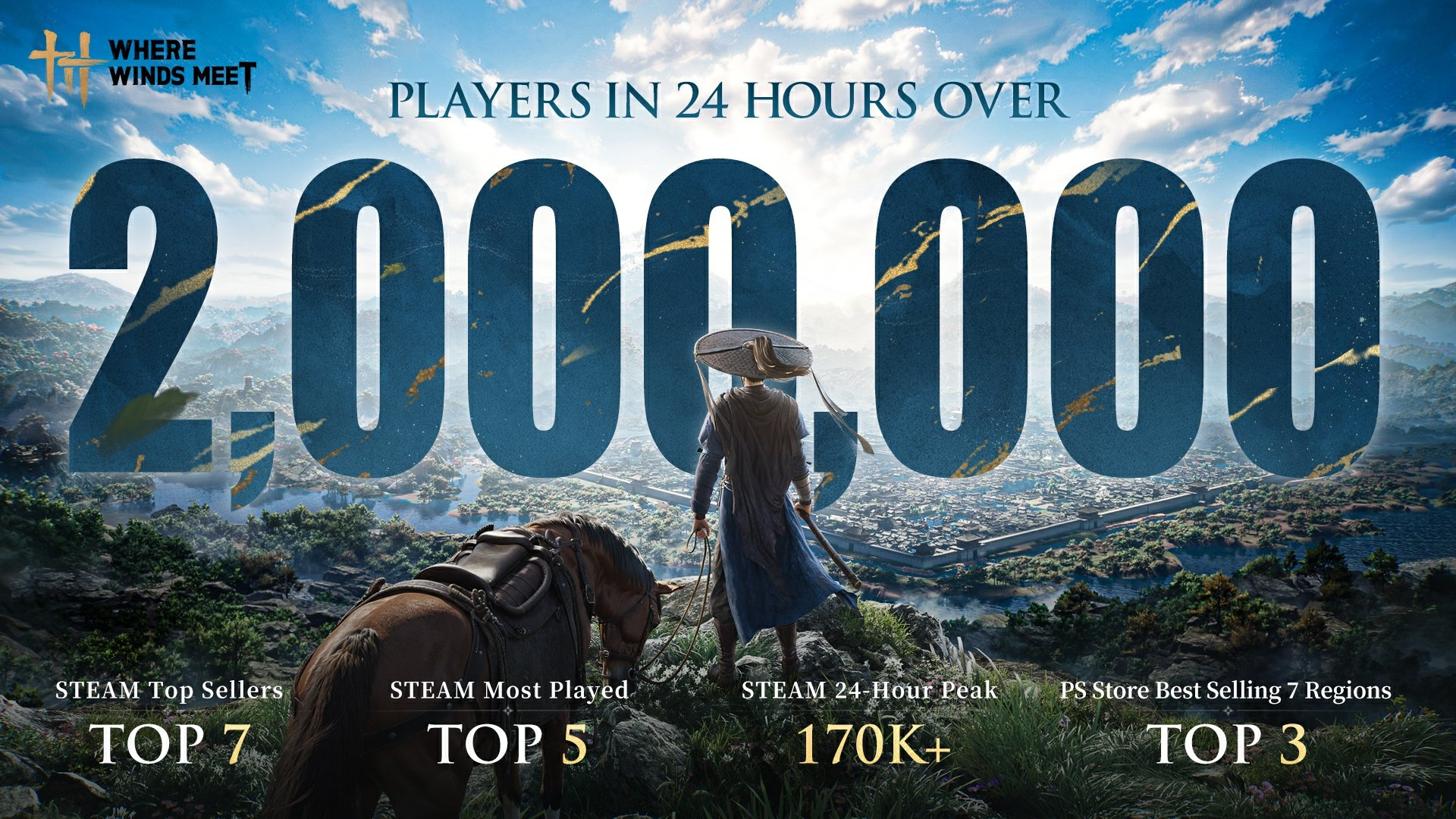Why Subclasses in Baldur's Gate 4 Are More Crucial Than in BG3
2024-09-11 12:29:18Source:JuxiaAuthor:Juxia
As the eagerly awaited sequel to Baldur's Gate 3 approaches, it’s expected to align with the current trends in Dungeons & Dragons (D&D). Given the evolving landscape of the tabletop RPG (TTRPG), the inclusion and variety of subclasses in Baldur’s Gate 4 could be pivotal in distinguishing it from its predecessor.
A Brief Overview of Subclasses in Baldur's Gate 3

Baldur’s Gate 3 features a range of subclasses, but it only scratches the surface of the extensive options available in D&D 5e. Out of the 117 subclasses introduced over the decade-long lifespan of the fifth edition, only 46 made it into Larian Studios' critically acclaimed title. These 46 subclasses primarily come from the 2014 Player’s Handbook, with a few selections from later supplements such as Storm Sorcery, College of Swords, and Circle of Spores.
The Need for Fresh Subclasses in Baldur's Gate 4

Looking ahead, Baldur’s Gate 4 is poised to continue in the vein of its predecessor. Despite Larian Studios not returning to develop the sequel, the success of Baldur's Gate 3 suggests that Wizards of the Coast will likely maintain a similar approach. However, with the potential for the 2024 rules update to shape the new game, Baldur’s Gate 4 will need to adapt and innovate.
If the 2024 updates remain relevant, it’s unlikely there will be a major shift in the foundational rules or classes of D&D. This leaves room for innovation primarily through subclasses. Introducing new subclasses not only offers a plethora of fresh gameplay experiences but also aligns with the D&D books’ likely expansions in this area.
The Likelihood of the Same 12 Classes

The 12 base classes from D&D 5e have proven enduring, though fans often seek additional class options. Currently, the artificer is the only new class officially supported beyond these 12, but it has not yet been incorporated into D&D 2024. Lead designer Chris Perkins has suggested that fewer core classes might actually benefit the game. Despite the enthusiasm for new classes, official support for additional ones remains uncertain, with many players turning to homebrew or third-party options.
The steadfastness of D&D 5e, with its core attributes remaining largely unchanged, underpins this approach. Wizards of the Coast's confidence in the edition is evident in the playtest materials for the 2024 rules update. The edition has not only surpassed its predecessors in success but also inspired a diverse range of games and adaptations.
Exploring D&D 5e’s Subclass Potential for Baldur's Gate 4

D&D 5e offers a vast array of subclasses, providing ample material for a sequel to Baldur's Gate 3. Many popular subclasses, such as Hexblade Warlock, Rune Knight Fighter, and Bladesinger Wizard, were not included in the original game but are favorites among fans. Integrating these subclasses into Baldur's Gate 4 would likely be met with great enthusiasm, enhancing the game’s appeal and depth.
As Baldur’s Gate 4 develops, focusing on new and underutilized subclasses could be the key to offering a fresh and engaging experience while building on the successful foundation laid by its predecessor.
Related Articles
-

Juxia Figure Review - Hatsune Miku 100th Adventure Ver Preorder Now!
2025-11-27
-

Juxia Game Review – WoW Midnight Deep Dive: Release Date, Player Housing, and Prey System!
2025-11-27
-

Juxia Anime Review - 'The Demon King’s Daughter Is Too Kind!!' Anime Upcoming Adaptation!
2025-11-27
-

Juxia Anime Review - OSHI NO KO Season 3 Release Date, Trailer, and Story Predictions!
2025-11-26
-

Juxia Game Review - Koei Tecmo’s Atelier Ryza ASMR Hits DLsite!
2025-11-26
-

Juxia Game Review - Elon Musk Just Challenged LoL Pros With Grok 5, and the Internet Is Losing It!
2025-11-26
-

Juxia Game Review - The Ultimate Final Fantasy VII Remake Intergrade Switch 2 & Xbox Breakdown
2025-11-26
-

Juxia Figure Review – 15th Anniversary Junko Enoshima Figure Every Fan Needs!
2025-11-25
-

Juxia Movie Review - The Legend of Zelda Live-Action Movie Coming Soon!
2025-11-18
-

Juxia Game Review - Where Winds Meet Surged Past 2 Million Players on Day One!
2025-11-17


